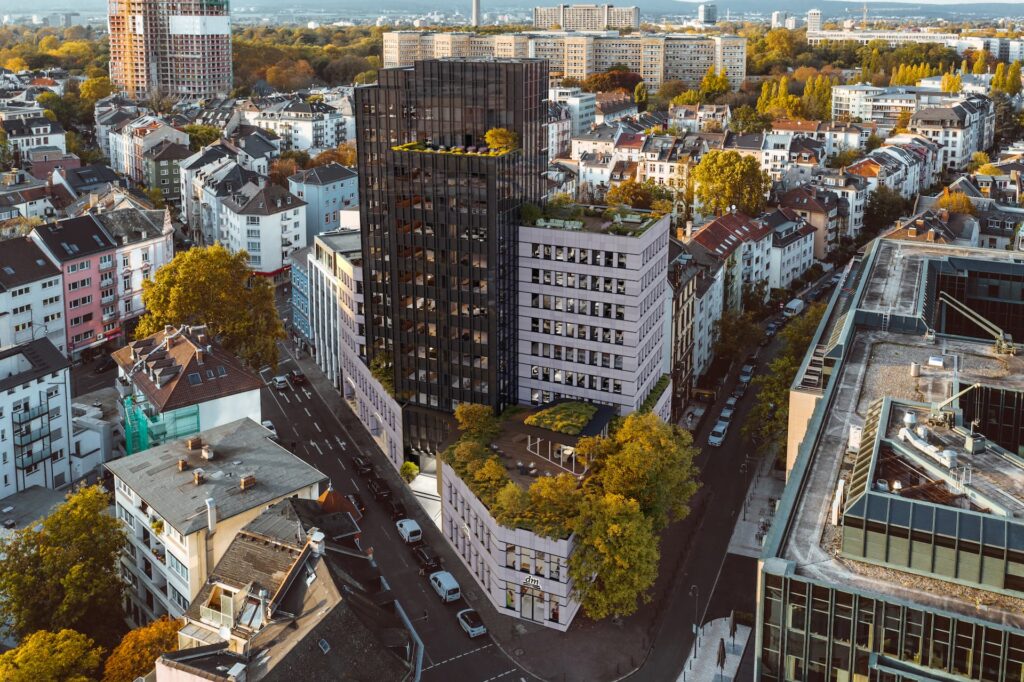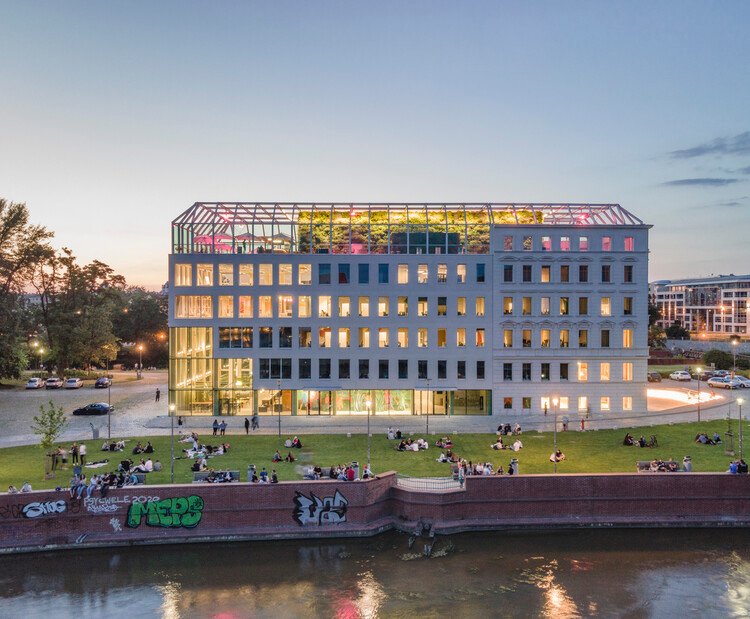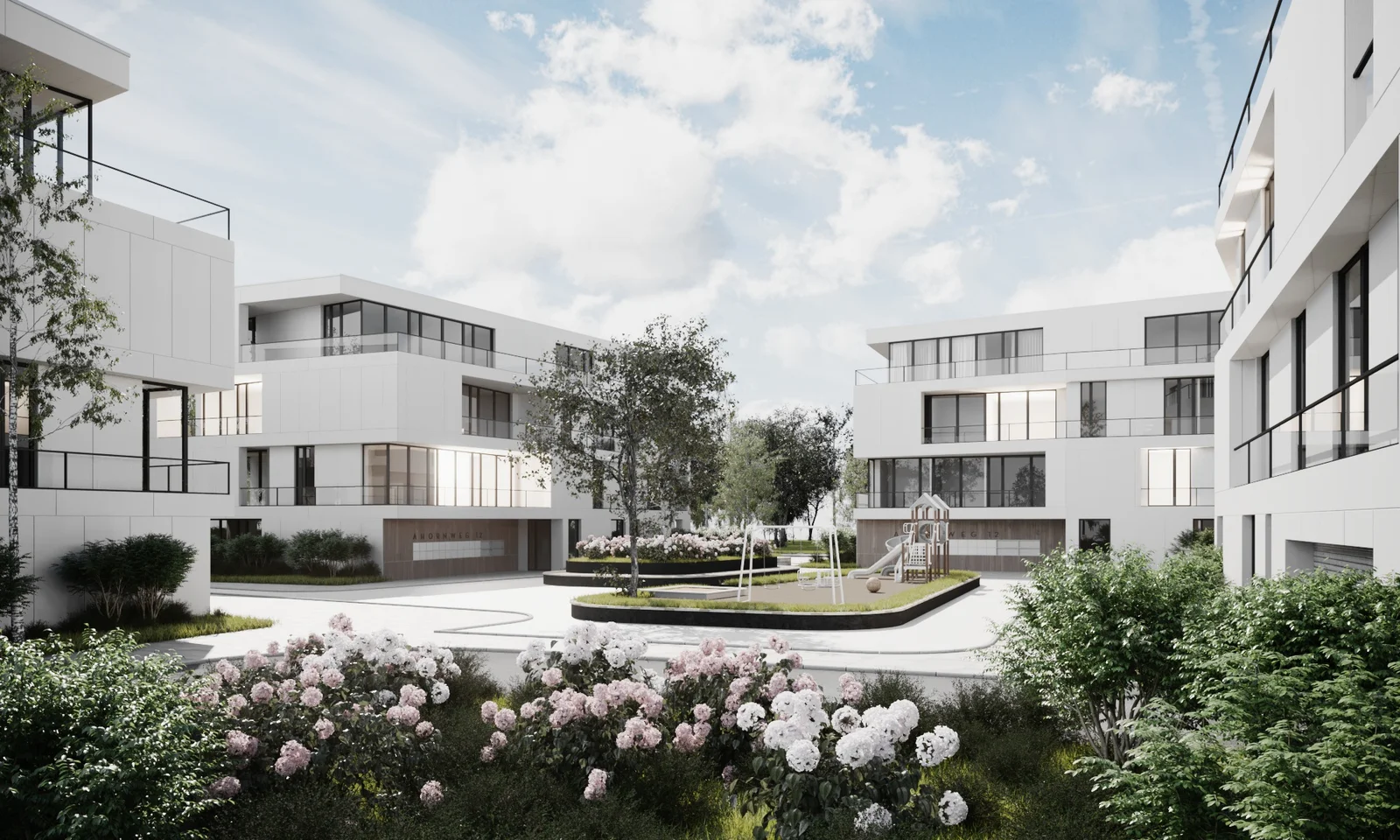AI-Powered Post-Processing Techniques for Architectural Renders
As technology evolves, so do the techniques and tools we use in various industries. One such example of technological advancement is the use of Artificial Intelligence (AI) in architectural rendering. AI is revolutionizing the way we visualize architectural designs, bringing more accuracy, efficiency, and detail into the process. This blog post will explore AI-powered post-processing techniques for architectural renders, detailing how these technologies are improving the field.
Understanding the Basics of AI in Architectural Rendering
Before diving into the specifics of post-processing techniques, it’s crucial to understand the role of AI in architectural rendering.
What is AI in Architectural Rendering?
AI, or Artificial Intelligence, is a computer system capable of performing tasks that usually require human intelligence. These tasks can include visual perception, speech recognition, decision-making, and translation between languages. In architectural rendering, AI is used to automate processes, enhance accuracy, and improve the quality of the final render.
The Evolution of Architectural Rendering
Architectural rendering has come a long way, from hand-drawn representations to computer-aided design (CAD) and now AI-enhanced rendering. The introduction of AI in this field has revolutionized the way architects and designers visualize their projects. It has enabled them to create more detailed, realistic, and accurate depictions of their designs, helping clients better understand the final result.
AI-Powered Post-Processing Techniques for Architectural Renders
Now that we’ve laid the foundation of what AI in architectural rendering means, let’s delve into some specific post-processing techniques powered by AI.
Image Enhancements
AI can be used to enhance the quality of architectural renders automatically. It can adjust aspects like color, brightness, and contrast, making the images more vibrant and appealing. This technology can also identify and correct imperfections in the render, such as noise or distortions, improving the overall quality of the image.
Exploring AI-Powered Post-Processing Techniques for Architectural Renders
Implementing Deep Learning Algorithms in Architectural Rendering
Artificial Intelligence (AI) is revolutionizing various industries and architectural rendering is no exception. The ongoing research and developments in AI have led to the introduction of neural networks and deep learning algorithms in architectural rendering, providing a more efficient and realistic depiction of architectural designs.
Deep learning algorithms can analyze and understand the intricacies of architectural structures, lighting conditions, and texture details. This understanding helps in the automated refinement of renders, producing high-quality visualizations with minimal manual intervention. The deep learning models can also learn from previously corrected mistakes, improving the quality of subsequent renders.
The Role of AI in Image Enhancement for Architectural Renders
Image enhancement is a crucial aspect of architectural rendering, ensuring the visual appeal and clarity of the final design. AI-powered post-processing techniques have simplified and enhanced this process significantly.
AI algorithms can automatically adjust various aspects such as contrast, brightness, color balance, and sharpness to enhance the visual aesthetics of the render. These algorithms can also identify and correct imperfections such as noise and distortion.
Moreover, AI provides advanced image enhancement techniques such as super-resolution. This technique uses AI to upscale low-resolution images while maintaining the image’s quality and details, offering a cost-effective solution for improving render resolution.
Utilizing AI for Real-Time Rendering in Architecture
Real-time rendering is essential for interactive architectural visualizations, virtual reality (VR), and augmented reality (AR) applications. However, achieving high-quality real-time renders is a challenging task due to the computational complexity involved. This is where AI-powered post-processing techniques come into play.
AI algorithms can optimize the rendering process by intelligently deciding on the level of detail required for different parts of the scene. They can also predict the viewer’s movement and pre-render parts of the scene accordingly, minimizing the latency and ensuring a smooth user experience.
Furthermore, AI can enable real-time ray tracing, a technique that simulates light paths to produce highly realistic lighting and shadows. With AI, real-time ray tracing can be achieved without requiring high-end hardware, making this advanced technique accessible for more architectural projects.In conclusion, AI-powered post-processing techniques have revolutionized the way we approach architectural renders. These innovative tools not only enhance the quality and realism of renders but also streamline the process, saving architects and designers precious time and effort. With the continual advancement of technology, we can expect to see further enhancements in AI-powered post-processing techniques, further simplifying the process and achieving even more impressive results. So, whether you’re a seasoned architect or a budding designer, integrating these AI techniques into your workflow can immensely improve your architectural visualization capabilities.







